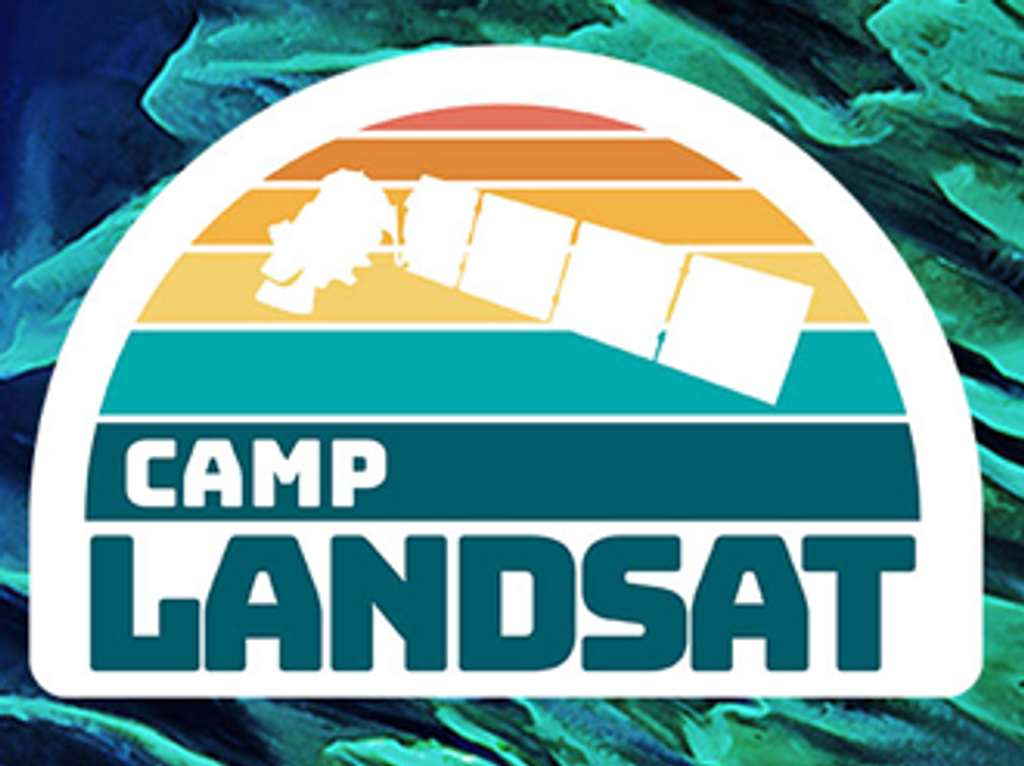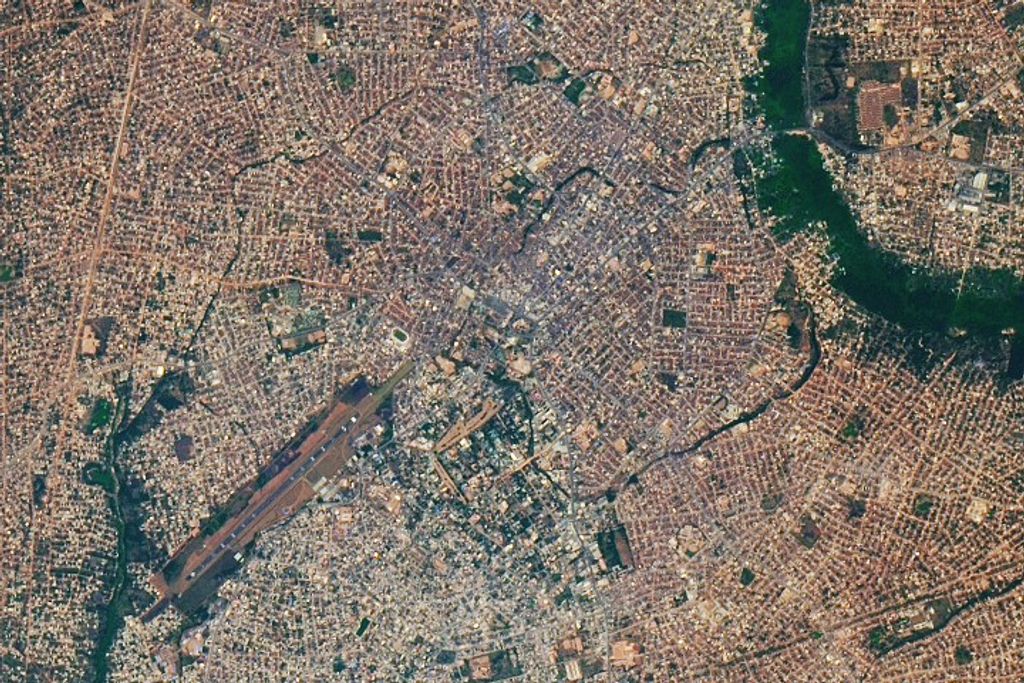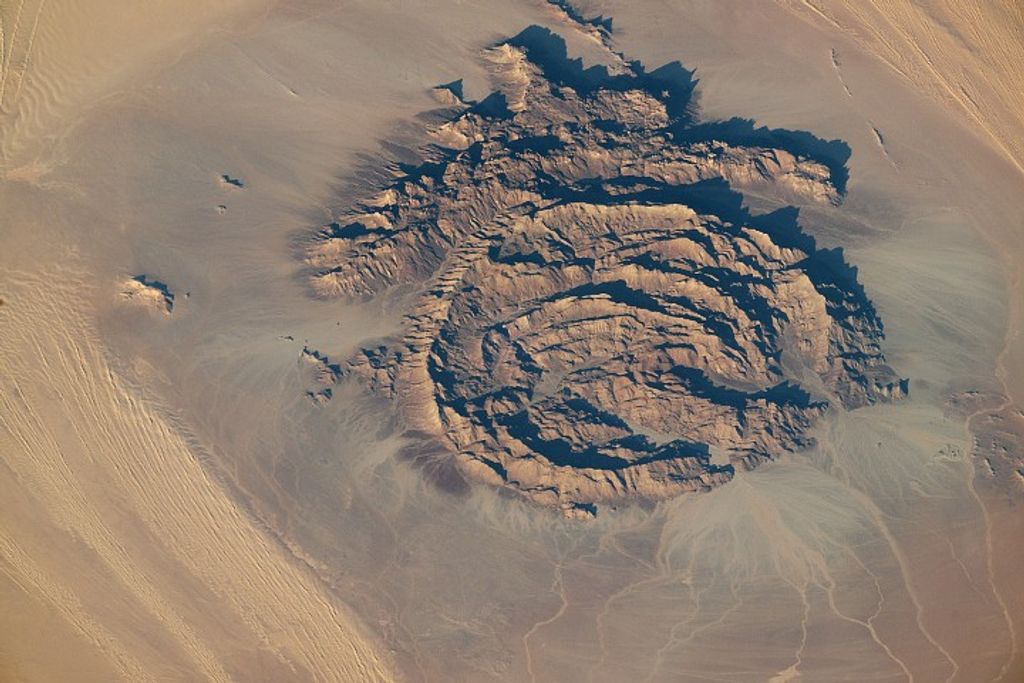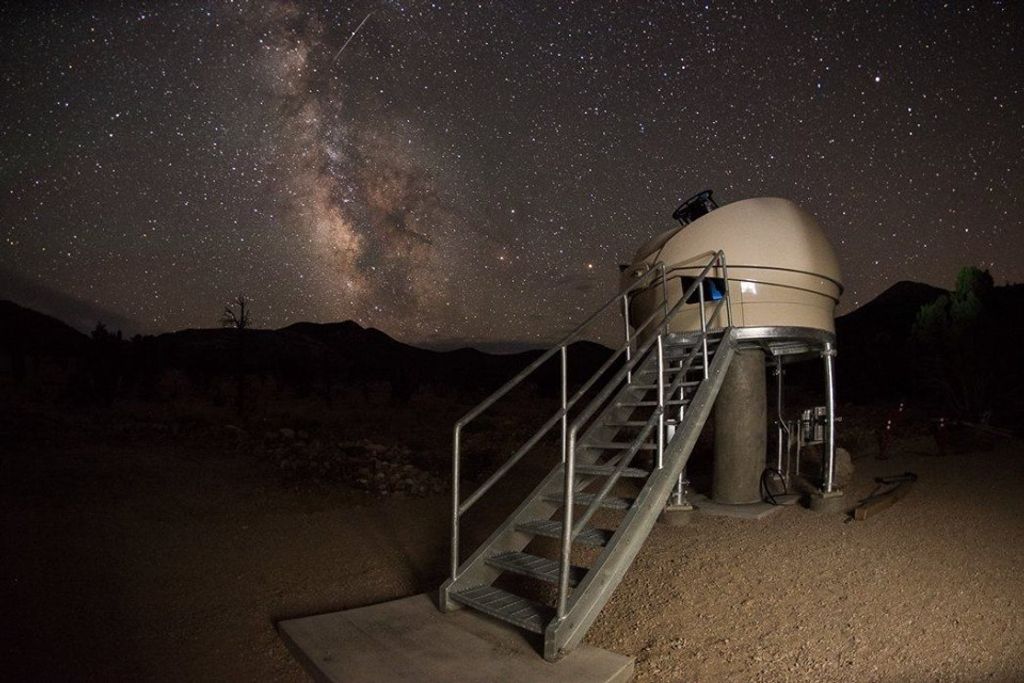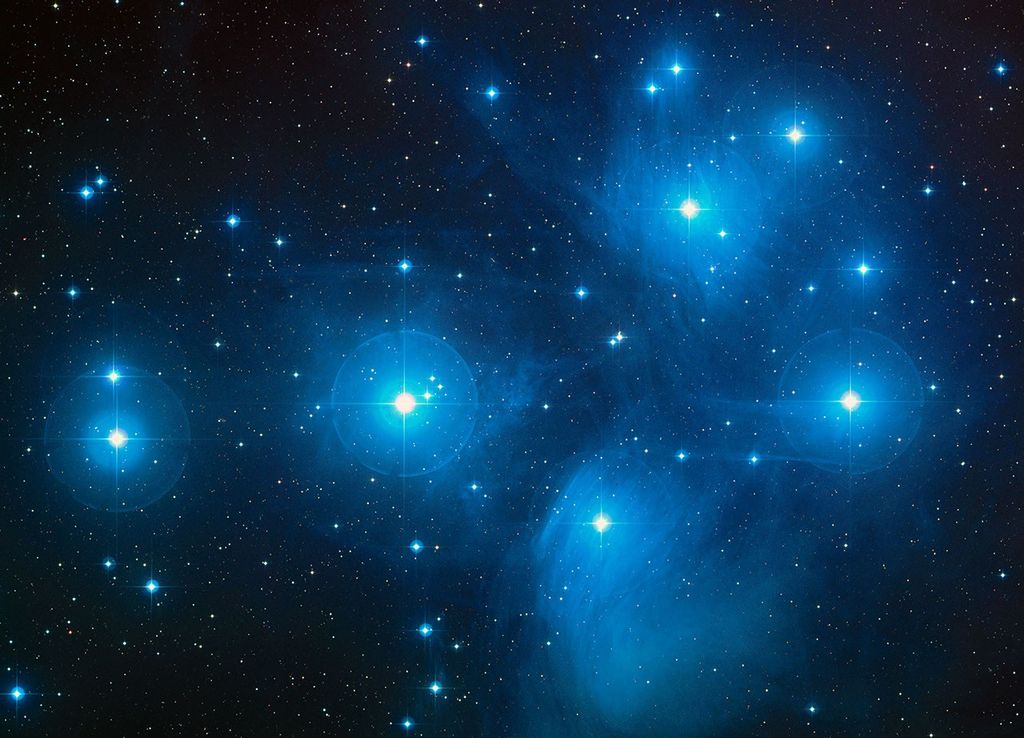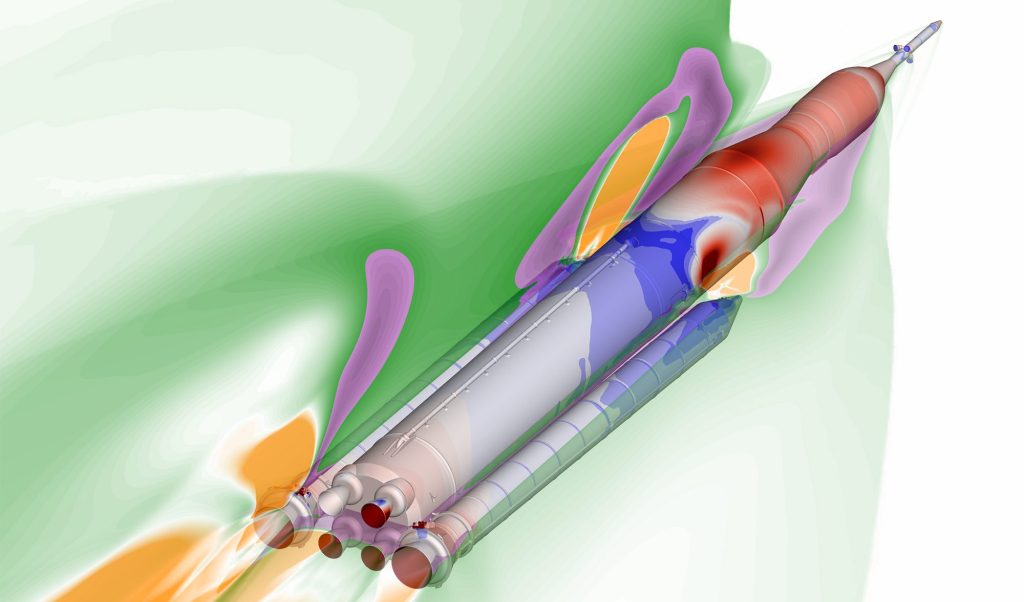1 min read
Artist’s Concept of a Debris Disk Outside a Planetary System
This animation portrays an artist's concept of a distant hypothetical solar system, about the same age as our own. It begins close to the star, and then moves out past a number of planets. Though "extrasolar" planets are too small to be seen with telescopes, astronomers have detected more than 100 gas giants like Jupiter via their gravitational tug on their parent stars.
The view pulls back to reveal the outer fringes of the system and a ring of dusty debris that circles the star. This debris is all that remains of the planet-forming disc from which the planets evolved.
Planets are formed when dusty material in a large disc surrounding a young star clumps together. Leftover material is eventually blown out by solar wind or pushed out by gravitational interactions with planets. Billions of years later, only an outer disc of debris remains.
These outer debris discs are too faint to be imaged directly by visible-light telescopes. They are washed out by the glare of the Sun. However, NASA's Spitzer Space Telescope can detect their heat, or excess thermal emission, in infrared light. This allows astronomers to study the aftermath of planet building in distant solar systems like our own.
- Release DateDecember 9, 2004
- Science ReleaseSpitzer and Hubble Capture Evolving Planetary Systems
- CreditAnimation: NASA/JPL-Caltech/T. Pyle/ssc
Related Images & Videos
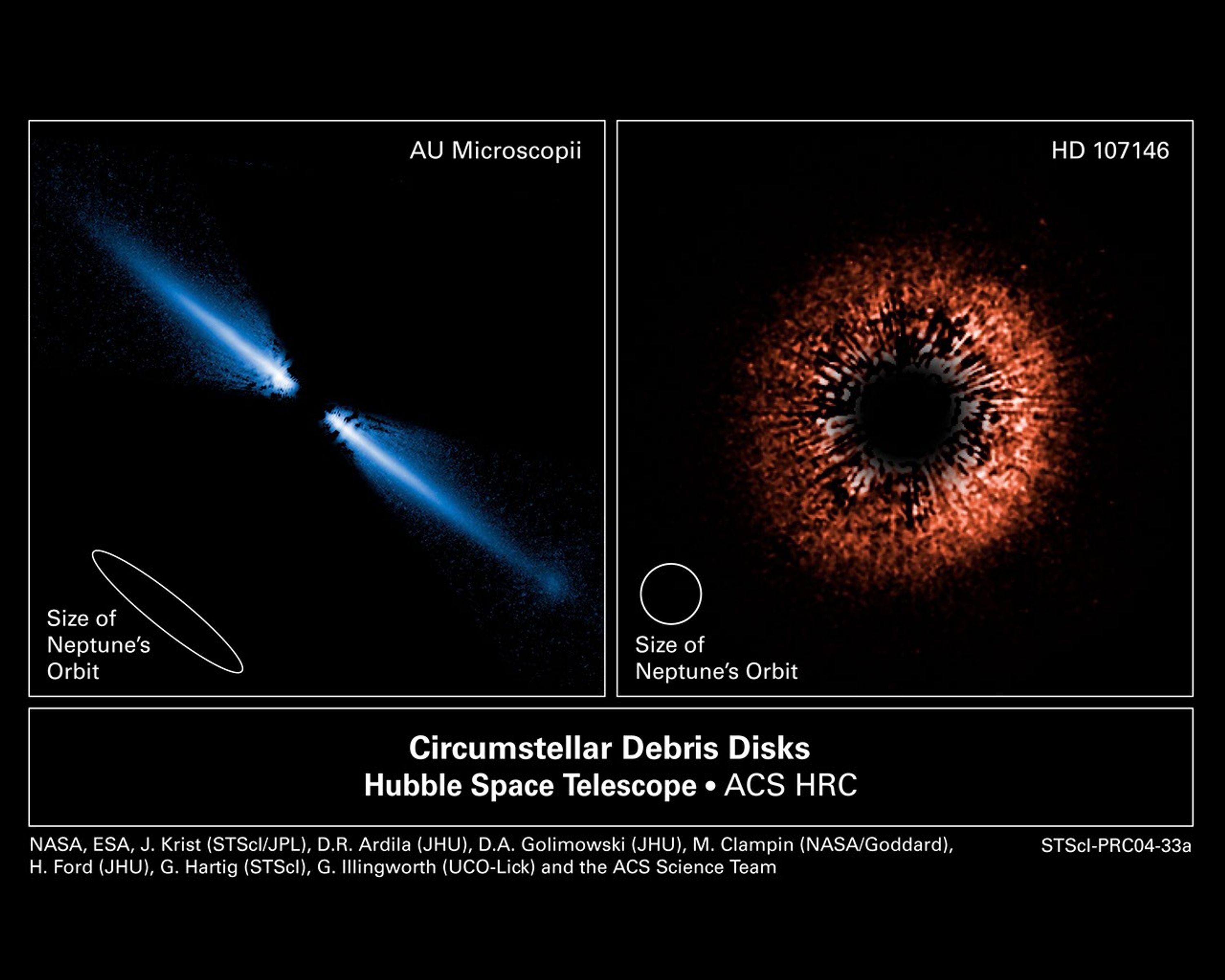
Debris Disks Around Sun-Like Stars AU Microscopii and HD 107146
[LEFT: AU Microscopii] - A visible-light image of a debris disk around the red dwarf star AU Microscopii. Planets may be forming, or might already exist, within it. The disk glows in starlight reflected by tiny grains of dust created by the collisions of asteroids and comets....

Disk of Debris Around Red Dwarf Star AU Microscopii
A visible-light image of a debris disk around the red dwarf star AU Microscopii. Planets may be forming, or might already exist, within it. The disk glows in starlight reflected by tiny grains of dust created by the collisions of asteroids and comets. Because it is composed of...

Planetary Debris Disk Encircling Yellow Dwarf Star HD 107146
This is a false-color view of a planetary debris disk encircling the star HD 107146, a yellow dwarf star very similar to our Sun, though it is much younger (between 30 and 250 million years old, compared to the almost 5 billion years age of the Sun). The star is 88 light-years...

The View from Within AU Microscopii's Disk
This is an artist's impression of the view from the vicinity of a hypothetical terrestrial planet and moon orbiting the red dwarf star AU Microscopii. The relatively newborn 12 million year-old star is surrounded by a very dusty disk of debris from the collision of comets,...

Model of AU Microscopii Disk
This is a so-called scatter model based on the Hubble Space Telescope image of the planetary debris encircling the star AU Microscopii. Though the real disk is tilted nearly edge-on to Earth, this oblique view is from 30 degrees above the disk plane. This model clearly shows a...

Is There Anybody Home?
NASA's Spitzer Space Telescope recently captured these infrared images of six older stars with known planets. The yellow, fuzzy clouds are discs of dust, or "debris discs," like the one that surrounds our own Sun. Though astronomers had predicted that stars with planets would...

A Distant Solar System (Artist's Concept)
This artist's concept depicts a distant hypothetical solar system, similar in age to our own. Looking inward from the system's outer fringes, a ring of dusty debris can be seen, and within it, planets circling a star the size of our Sun. This debris is all that remains of the...
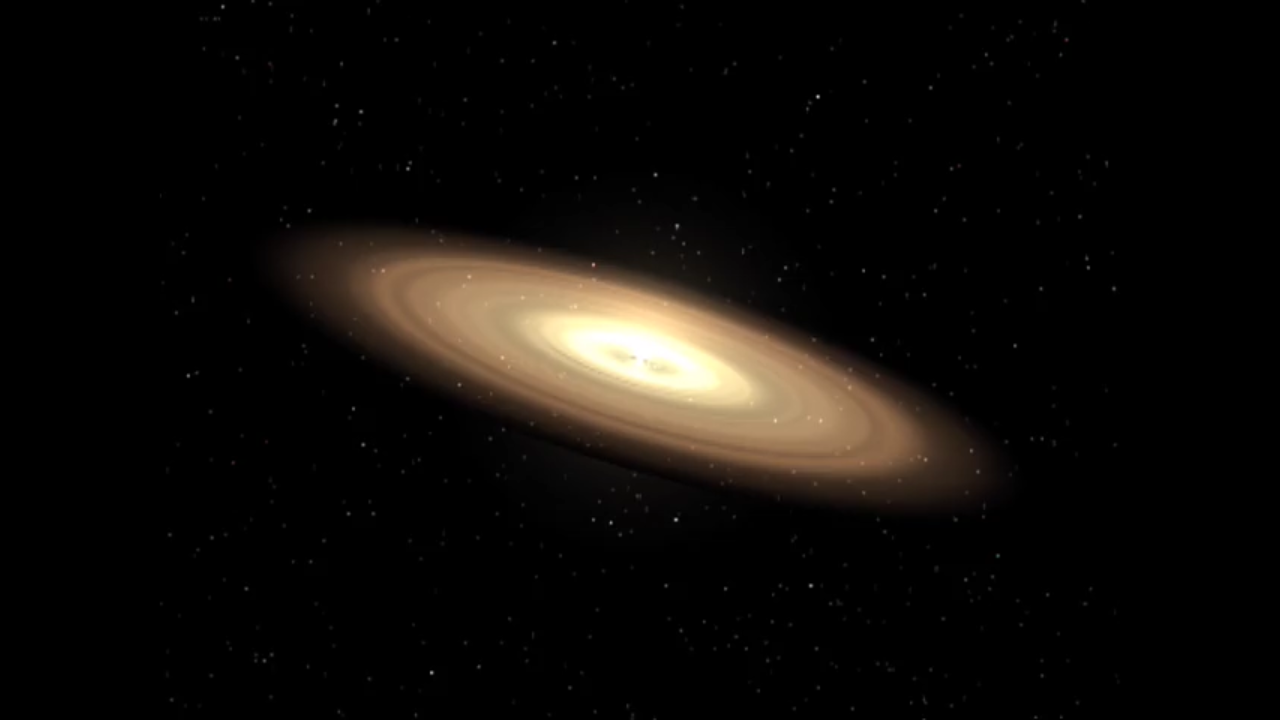
Animation of the Development of a Debris Disk into a Planetary System
This animation shows the evolution of a planet-forming disc around a star. Initially, the young disc is bright and thick with dust, providing raw materials for building planets. In the first 10 million years or so, gaps appear within the disc as newborn planets coalesce out of...
Share
Details
Claire Andreoli
NASA’s Goddard Space Flight Center
Greenbelt, Maryland
claire.andreoli@nasa.gov







